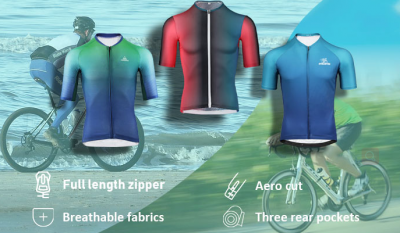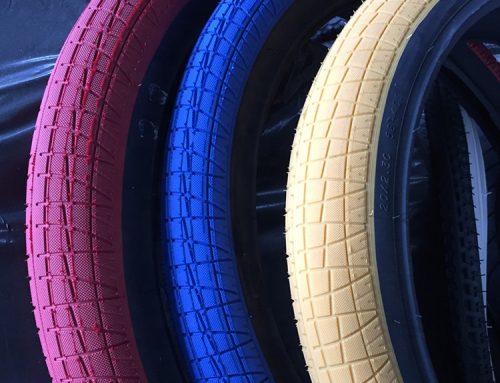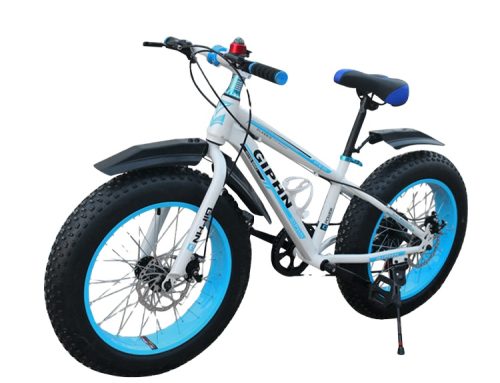Bike seats (saddles) can be made from a variety of materials, each with its own advantages and characteristics. Here are some common materials used for bike seats:
- Leather: Leather saddles are known for their classic appearance and comfort once broken in. They mold to the rider’s shape over time, providing a personalized fit. Leather saddles can be quite durable and are often appreciated by long-distance cyclists. However, they require maintenance, occasional conditioning, and may not be as water-resistant as other materials.
- Synthetic Leather: Synthetic leather or faux leather saddles offer a similar appearance to real leather but are often more affordable and easier to maintain. They can be a good compromise for riders who want a classic look without the high maintenance of real leather.
- Vinyl: Vinyl saddles are another option that resembles leather in appearance. They are generally more affordable than genuine leather and require less maintenance. However, they may not offer the same level of durability or comfort over long distances.
- Nylon: Some bike seats feature nylon or synthetic covers. These materials are lightweight, durable, and often water-resistant. Nylon covers can be a good choice for all-weather commuting or riding in wet conditions.
- Microfiber: Microfiber is a synthetic material that’s lightweight, durable, and easy to clean. It’s often used in modern bike saddles due to its combination of comfort and resilience.
- Gel and Foam: Gel and foam are used as padding materials in many modern saddles. They provide cushioning and comfort for the rider. The outer cover material can vary while the padding remains consistent.
- Carbon Fiber: Some high-performance bike saddles use carbon fiber shells or rails to reduce weight and increase stiffness. Carbon fiber saddles are often chosen by competitive cyclists who prioritize weight savings and performance.
- Elastomers: Some saddles use elastomers as suspension elements. These materials absorb shocks and vibrations, enhancing rider comfort on rough terrain.
- Rubberized Coatings: Some saddles feature rubberized coatings for added grip and durability. These coatings can prevent the saddle from becoming slippery during wet conditions.
- Memory Foam: Memory foam saddles adapt to the rider’s shape over time, providing personalized comfort. They are often used in ergonomic designs for enhanced support.
When choosing a bike seat material, consider factors such as your riding style, comfort preferences, maintenance willingness, and budget. Keep in mind that saddle comfort depends on more than just the cover material – factors like shape, padding, and design also play a significant role. It’s a good idea to try out different saddles and materials to find the one that suits your needs and preferences best.




